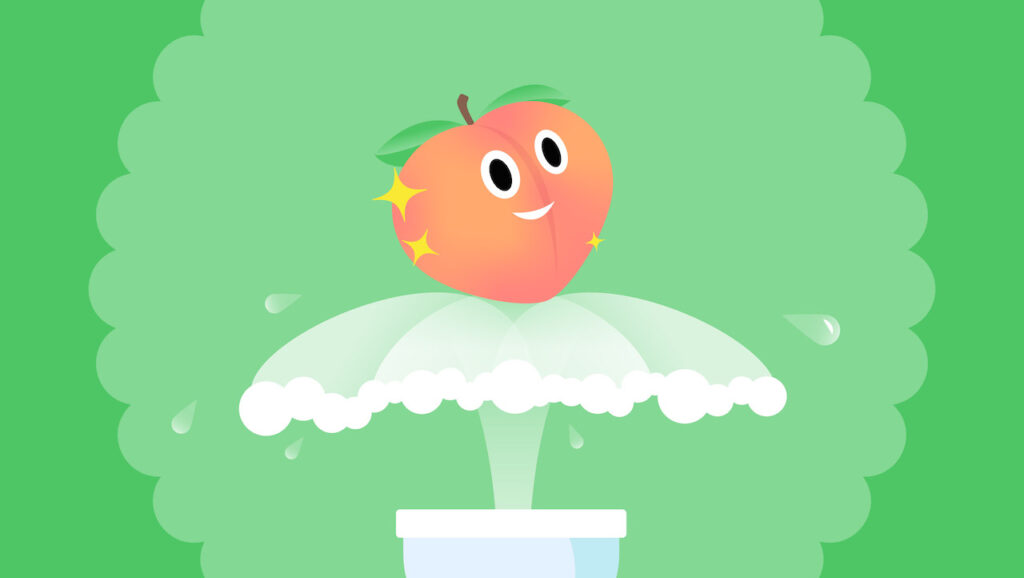Blogs
What Is a Bidet and How Does It Work?
In American culture, when asking, “what is a bidet,” it usually includes two thoughts:
- Bidets are only for rich people.
- Why would I want cold water to be shot at me after going to the bathroom?
Well, the ideas we have about bidets are all wrong, and we’re going to prove it to you! Bidets could actually eliminate millions of pounds of waste and save millions of tons of water and oil. (We’re not shaming toilet paper use, but it’s not a very good friend of the environment, but more on that later).
Prepare to have your bidet myths busted and your toilet experiences elevated.

H2O for Number 2—How Does That Work?
While the concept of a bidet is foreign to many Americans, it’s actually a common household fixture in Europe, Japan, and other parts of the world. So, what is a bidet exactly?
A bidet is a low-lying bathroom fixture that’s used to clean your bottom after you go to the bathroom. It typically looks like a toilet, but instead of having a seat, it has a small basin with an adjustable nozzle that sprays water in a gentle stream.
The water washes away any residual waste and gets you nice and clean. You can also adjust the water pressure to your comfort level—some models even have warm water settings, heated seats, customizable settings, night lights, Bluetooth, and more.
But a bidet doesn’t have to be a completely separate fixture in your bathroom. Many people opt for a bidet toilet seat, which is a combined toilet and bidet unit (and let’s be honest—it looks much classier than a typical plastic bowl-shaped bidet). The beauty of the seat is that it utilizes the plumbing you already have, so no additional installation or plumbing is required.
Why does the bidet have such a bad reputation in the United States? Well, for starters, it’s an unfamiliar concept and most people don’t know what it is. It also doesn’t help that it sounds like an expensive and exotic fixture reserved for fancy bathrooms.
And people don’t really like to talk about bathrooms and going to the bathroom (something we’re trying to change here at ZuLoo). But when you get past the potty humor, bidets are actually one of the most hygienic, effective, and eco-friendly ways to clean yourself after using a bathroom.
Why You Should Consider a Bidet
We’ll start with how a bidet benefits you, the bidet user. Let’s face it: toilet paper is not very clean. Your hand is getting very close to fecal matter when you use toilet paper, and it’s not getting your bottom as clean as a bidet can. And for people who menstruate, bidets can be a much cleaner and more comfortable option.
A bidet is also much gentler on your skin than toilet paper, so if you have sensitive skin or are prone to irritation, a bidet is the way to go. One study found that the use of a bidet decreased the risk of hemorrhoids and other urogenital symptoms.
There are some hard truths about the environmental impact of toilet paper that we don’t always like to talk about. Toilet paper takes a lot of resources to produce, from the water used in growing trees for pulp, to the energy used in manufacturing and shipping it.
The global annual production of toilet paper requires:
- 712 million trees
- 1,165 million tons of water
- 78 million tons of oil
A bidet not only helps to eliminate all that waste by using a minimal amount of water, but it drastically decreases your need for toilet paper. During the Great Toilet Paper Grab of 2020 (thanks to COVID-19), bidet users were the lucky ones who didn’t have to line up outside the store for a roll.
So, to sum it all up: bidets are hygienic, gentle on skin, and great for the environment. Not convinced? We urge you to give it a try and see what it can do for your bathroom experience!
Bidets Vs Toilet Paper: Who’s the Winner?
We think the bidet takes the cake. It may seem like a foreign concept to those of us in the US, but it turns out that bidets are actually much better for your skin than toilet paper and significantly better for the environment.
People with bidets use about 64% less toilet paper than someone who doesn’t. The national price of toilet paper is 89 cents a roll, the average person uses 100 rolls of toilet paper a year, so we’re looking at $89 per person for toilet paper.
After the initial cost of installing a bidet, which can be as little as $50, a bidet costs about $1–2 a month to run. Put that all together and a bidet can save you anywhere from $60 to $70 a year. You’re not going to be buying a car with that savings, but every little bit counts.
So ditch the TP and give your buns a break!
Don’t Be a Bum—Get Educated About the Sanitation Crisis with ZuLoo
Here at ZuLoo, we believe that everyone should have access to clean and safe sanitation. That’s why we do our best to provide you with the information you need to make educated decisions about your bathroom habits. Whether you’re considering a bidet or just want to know more about global sanitation issues, we’ve got you covered.
Take a look at our Pōōdcast, follow us on social media, or consider participating in our 242 program—a donation of up to 2% of monetary, in-kind, or promotional support. You can be a part of our mission to bring safely managed sanitation to the 2.3 billion people who still don’t have it. So get educated, get informed, and start making a difference with ZuLoo!

